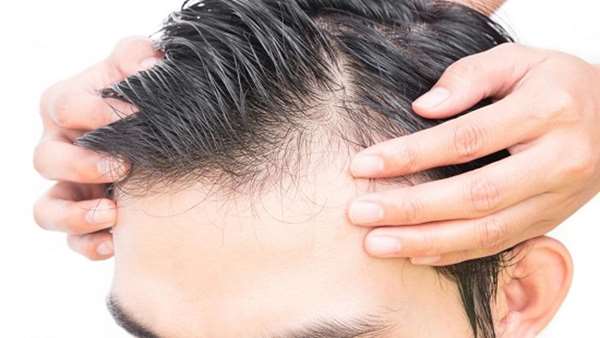Hair growth stimulated using stem cells
Lei and team used skin organoids derived from both newborn and adult skin cells. Specifically, they used progenitor cells, which are a type of cell that is more differentiated than stem cells. They dissociated these from newborn and adult skin and then transplanted them into nude mice.
A team of researchers from the University of Southern California in Los Angeles have managed to grow hair starting from stem cells, uncovering key molecular events involved in hair growth and stimulating it in adult mice.
The new research - which has been published in the journal Proceedings of the National Academy of Sciences - offers a step-by-step explanation of the process by which hair grows. The findings pave the way for hair growth stimulation in patients with alopecia or male pattern baldness.
A team of researchers set out to examine how follicles grow out of the skin and how they produce hair by using so-called organoids, which are clusters of stem cells grown in vitro that can self-organize into an organ-like structure.
They used the 3-D structure of organoids to gain a better understanding of a certain organ, as they have similar properties to the organ it imitates - which, in this case, is the human skin.
The studys first author is Mingxing Lei, a postdoctoral researcher in the University of Southern Californias (USC) Stem Cell laboratory.
The six-step process of hair growth
Lei and team used skin organoids derived from both newborn and adult skin cells. Specifically, they used progenitor cells, which are a type of cell that is more differentiated than stem cells. They dissociated these from newborn and adult skin and then transplanted them into nude mice.
The researchers then took detailed time-lapse images of the 3-D cultures to see how the cells behave and how hair development occurs.
With our new findings, we are able to make adult mouse cells produce hair again. In the future, this work can inspire a strategy for stimulating hair growth in patients with conditions ranging from alopecia to baldness."
http://www.pnas.org/content/early/2017/08/08/1700475114





ارسال به دوستان